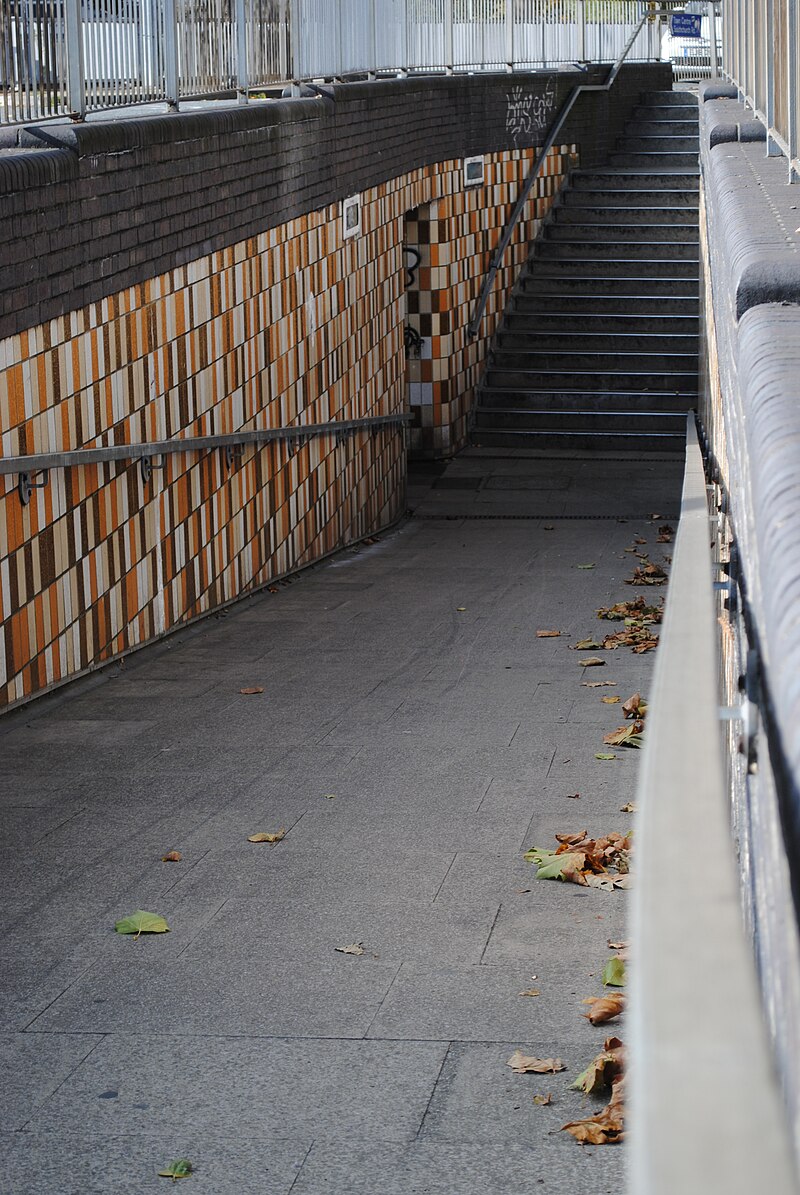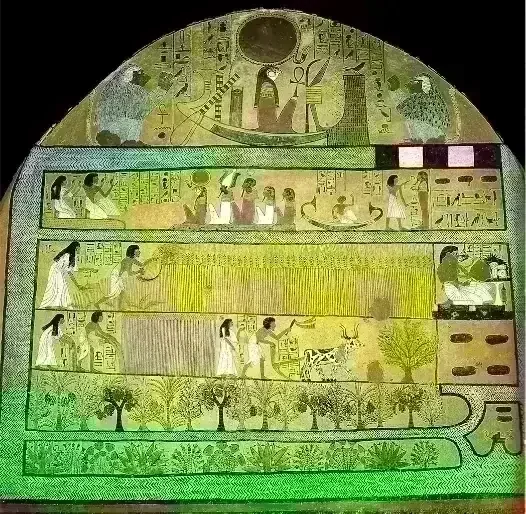Relics of St Oswald

Bardney Abbey, located in Lincolnshire, England, was originally founded in 697 by King Æthelred of Mercia, who later became its first abbot. This early Benedictine monastery was reportedly destroyed during a Danish raid in 869. In 1087, the site was reestablished as a priory by Gilbert de Gant, Earl of Lincoln, and it regained full abbey status in 1115.
According to the Venerable Bede, who referred to the monastery as "Beardaneu," Bardney Abbey was deeply cherished by Queen Osthryth of Mercia. Around 679, she sought to transfer the relics of her uncle, the devout King Oswald of Northumbria, to the abbey. However, the monks initially refused to accept the remains. Bardney was situated in the Kingdom of Lindsey, which Oswald had once conquered, and lingering resentment led the monks to deny him burial within their walls.
The relics were left outside overnight, but during the night, a brilliant beam of light was said to have shone from Oswald’s bier, reaching into the heavens. Interpreting this as a divine sign, the monks relented and welcomed the remains. They honored Oswald by draping his tomb with his purple and gold royal banner. To prevent such a mistake from happening again, they reportedly removed the abbey doors altogether. This gave rise to the local saying, "Do you come from Bardney?"—a humorous rebuke for leaving doors open.
Several miracles were attributed to Oswald’s relics. Before his bones were interred, they were washed, and the water used was poured onto the surrounding ground, which was believed to acquire healing properties. In another account, a boy suffering from a fever (referred to as “ague”) kept vigil beside the tomb and was miraculously cured. Because Oswald had been dismembered in battle, his head and hands were buried separately. A piece of the stake that once held his severed head was later taken to Ireland, where it was said to cure a sick man.
In 909, amid renewed Viking threats, Oswald’s relics were translated to the newly established St Oswald’s Priory in Gloucester for safekeeping.


